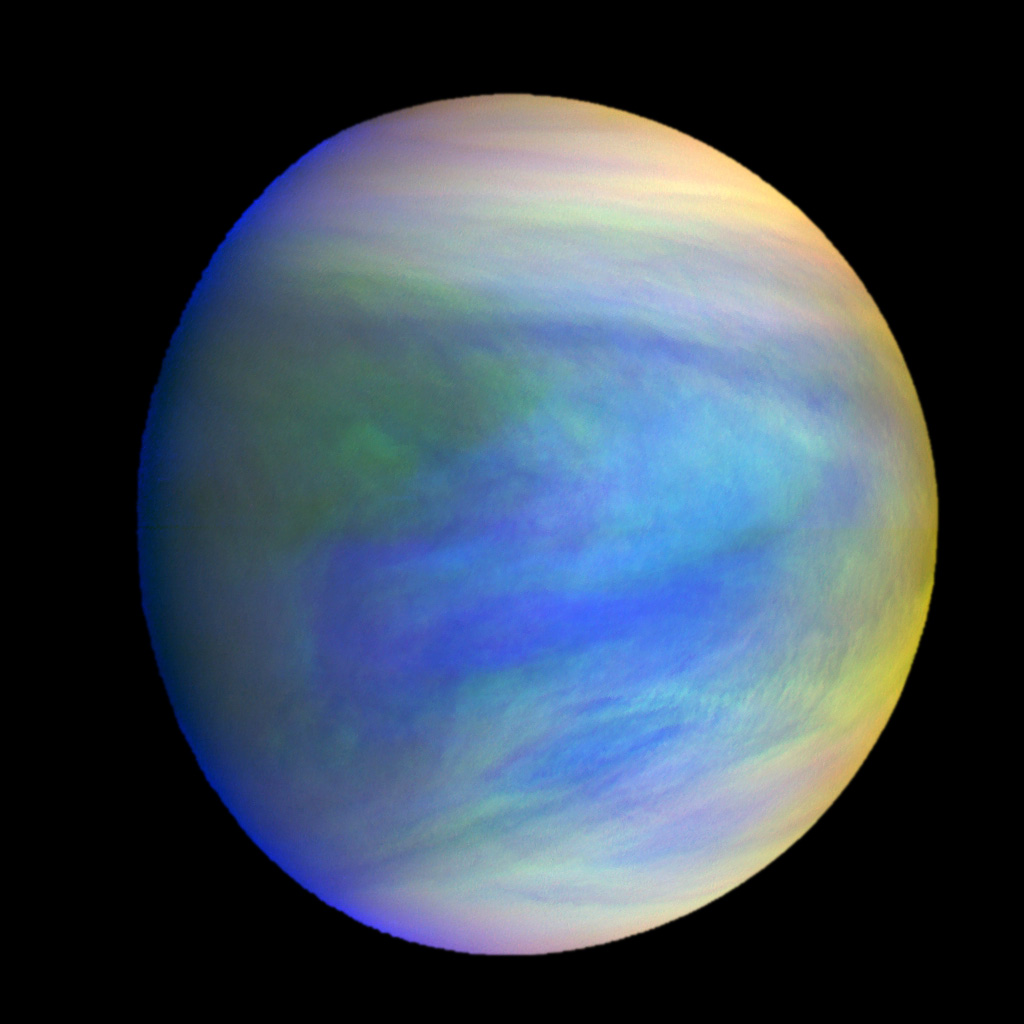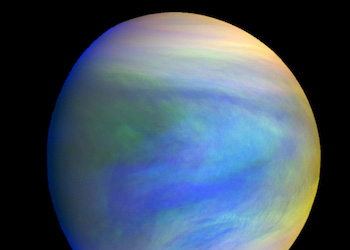
Sorry for the lack of posts, I’ve just been very busy with my other writing lately. I’m trying to do more again now.
I wanted to share a recent video from John Michael Godier, who has provided some excellent updates on many of the issues that FP covers.
This video is a nice summary of the possibility that some unusual dark patches seen in Venus’ upper clouds are actually caused by microbes. It’s still just one theory of several at this point, but one that has seen some increased discussion in the last few years. I had written about this again a couple months ago for EarthSky.
The particles in the dark patches – called “unknown absorbers” – do have similarities to microbes known to exist in Earth’s atmosphere – the same size, with the same light-absorbing properties – which makes the possibility seem not too far-fetched. The upper atmosphere of Venus, where these patches are, is Earth-like in temperature and pressure, unlike the extremely hot surface.
Even Carl Sagan wrote about this idea back in 1967.
Intriguingly, as Godier mentioned, the gas carbonyl sulfide has been detected in Venus’ atmosphere:
“Although carbonyl sulfide is difficult to produce inorganically, it is present in the Venusian atmosphere. On Earth, this gas would be considered an unambiguous indicator of biological activity.”
Other trace gases in the planet’s atmosphere are not in equilibrium, a possible indicator of biological activity, just as on Earth:
“There is some evidence that the trace-gas constituents of the Venus atmosphere are not in chemical equilibrium with each other. On Earth, the primary source of disequilibrium in the atmospheric chemistry is the activities of biological processing; could disequilibrium on Venus also be a sign of life? In 1997, David Grinspoon made the suggestion that microbes in the clouds and middle atmosphere could be the source of the disequilibrium. In 2002, Dirk Schulze- Makuch independently proposed that observations of the Venus atmosphere by space probes showed signatures of possible biological activity.”
“As noted by Grinspoon and Schulze-Makuch, the Venus atmosphere has several trace gasses which are not in chemical equilibrium. The Venera missions and the Pioneer Venus and Magellan probes found that carbon monoxide is scarce in the planetís atmosphere, although solar radiation and lightning should produce it abundantly from carbon dioxide. Hydrogen sulfide and sulfur dioxide, two gases which react with each other and thus should not be found together, are also both present, indicating some process (possibly biological?) is producing them.”
It’s certainly an intriguing idea, which warrants further study. Anyway, here’s the video:

